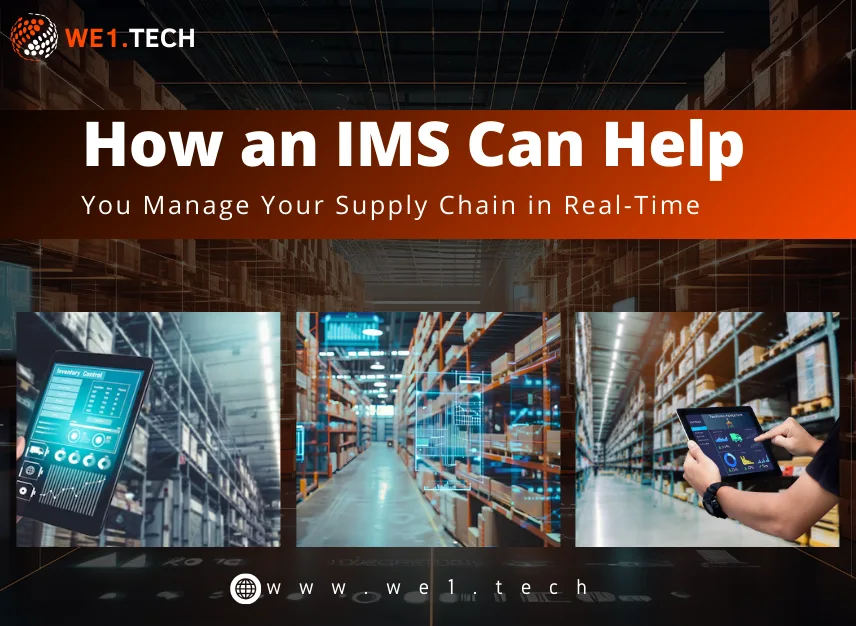
Every business dealing with products faces the challenge of managing stock effectively. Whether it is a retail store, an e-commerce company, or a manufacturing unit, keeping track of inventory is crucial. In today's times, customers expect timely deliveries with no errors. Thus, businesses need a reliable solution to streamline their supply chain. This is where having an Inventory Management System (IMS) becomes imperative.
An IMS provides live updates and visibility across your supply chain, helping you make well-informed decisions. From automating processes to tracking stock levels, orders, and vendors, IMS transforms your operations.
In this blog post, we will dive deeper to understand the significance of IMS and how it helps businesses manage their supply chain more efficiently. So, let's get started!